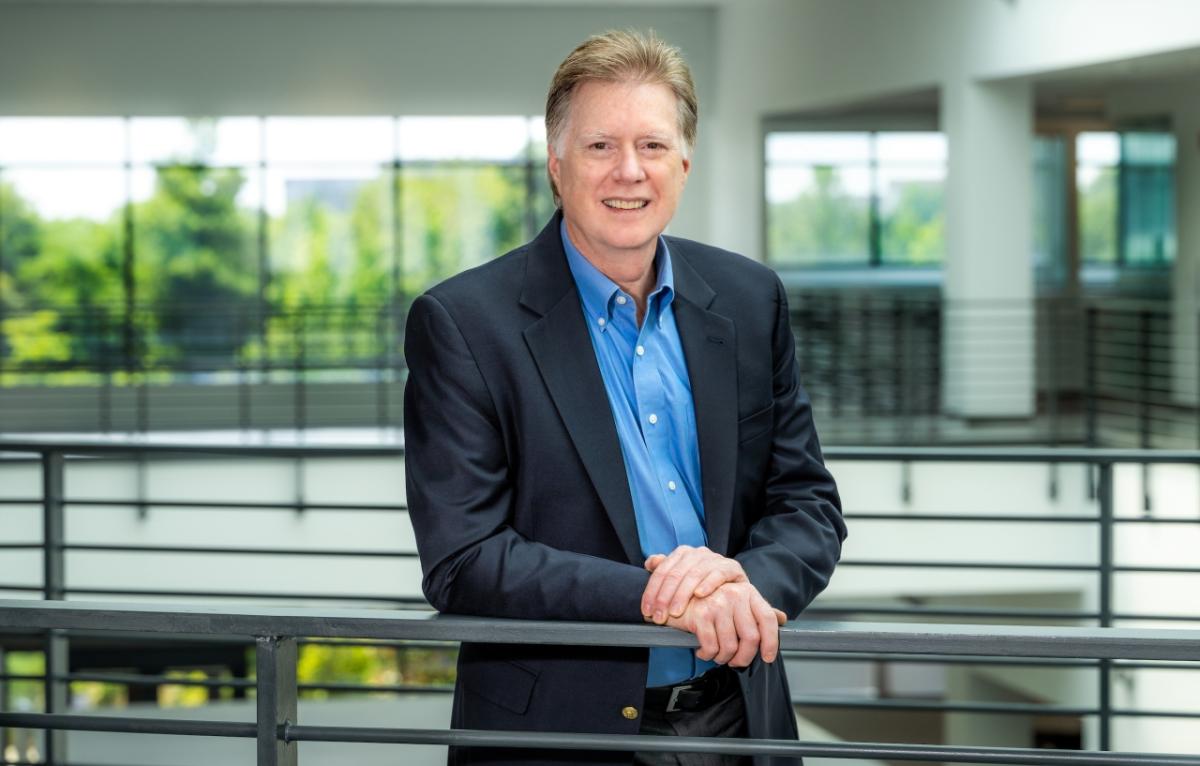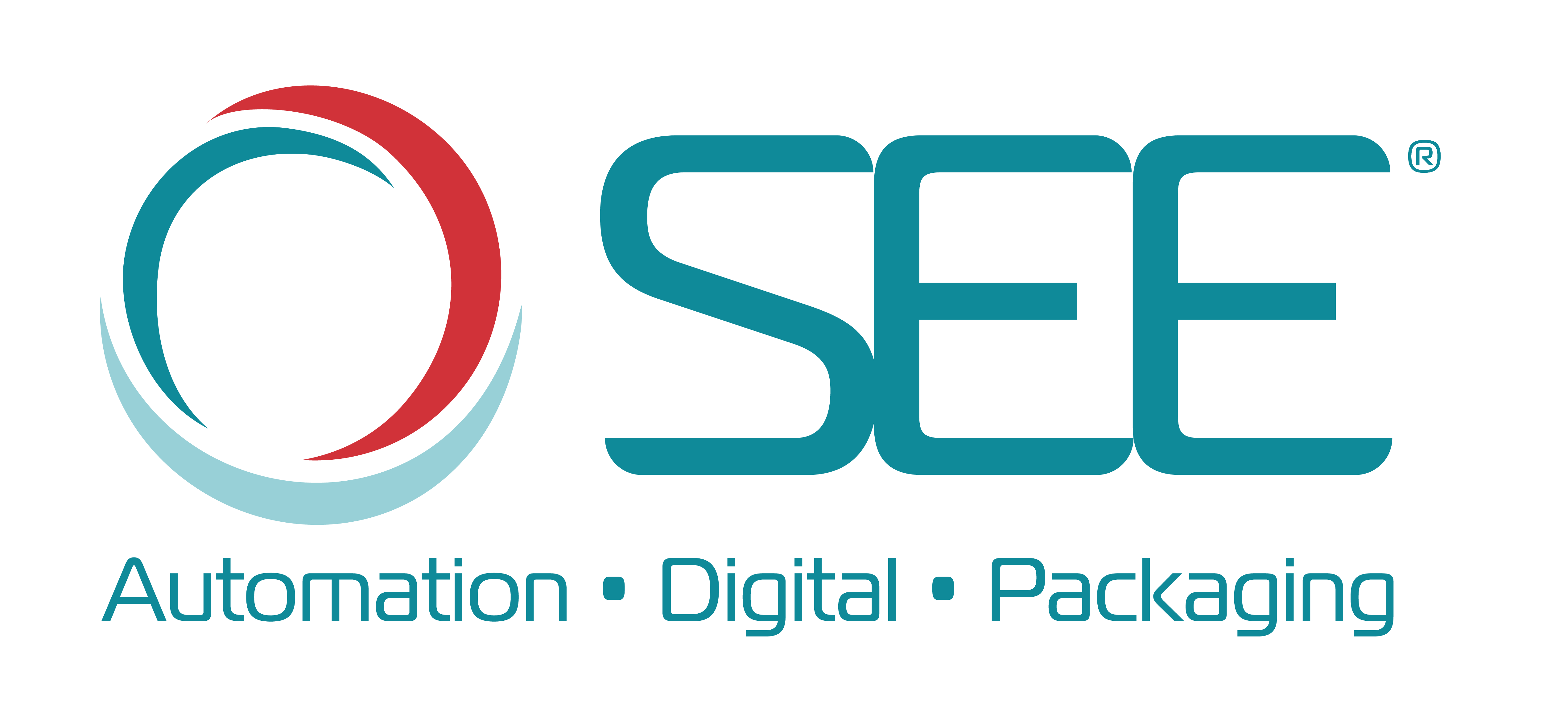Sealed Air Global Impact Report: From Innovation to Impact

Originally published in Sealed Air's Global Impact Report
Q&A with Ron Cotterman, VP of Sustainability Innovation and Strategy
At Sealed Air (SEE), Ron Cotterman’s primary focus is advancing new solutions that enhance the sustainability of products, processes, and services, with an overall goal to prevent waste, enable circularity, and reduce climate impacts across the packaging value chain.
How Does SEE Define Innovation?
There’s much more to innovation than coming up with a new package for a customer. Innovation is about bringing together insights, technologies, and business models to solve customer challenges while anticipating things that may have unintended consequences.
At SEE, we work to understand customer market needs before we design solutions. We take into account everything from packaging performance, digital information, and automation requirements to sustainability, circularity, and carbon footprint. By applying this holistic approach, we create customer and societal value that exceeds the packaging investment.
Increasingly, innovation is needed to solve large, complex challenges that go beyond what a single company can do. These days to be truly innovative you also have to be truly collaborative. It’s like a puzzle where you fit what your company does best with what other companies do best. Only by collaborating can you achieve an outcome that’s bigger than the sum of the individual pieces.
Sealed Air is an innovative company not because we introduce new materials but because we think about innovation by how it works in a system, how it drives value to business models, and how companies can collaborate across the value chain to achieve desired results.
What Innovation Challenges Does SEE Face?
One of our biggest innovation challenges is understanding how to drive sustainability without creating unintended consequences. For example, simplifying flexible plastic packaging materials to enable mechanical recycling could actually cause negative impacts if packaging performance is affected or product waste increases. As a result, we need to understand how various product and supply chain factors can affect overall sustainability.
When it comes to sustainable design, the analogy I like to use is it would be better to use a compass for this journey than a speedometer. A compass tells you which direction to go, which is better than the speedometer which only tells you how fast you’re going to get there. Knowing the direction you need to head with a focus on sustainability, is much better than getting to the wrong place quickly.
How Does Innovation Align with SEE’s Sustainability Pledge?
We work to ensure recycled or renewable content and recyclability are top of mind when designing customer material solutions that also meet our 2025 Sustainability Pledge. In today’s environment, this can be particularly difficult because of a lack of recycling infrastructure, a lack of supply of recycled or renewable materials for food or health-care applications, and inadequate performance of alternatives that can have a negative climate impact.
SEE is leading efforts to design plastic packaging to be easier to recycle and to contain recycled content, for both mechanical and advanced recycling processes. At the same time, we are pioneering developments in fiber and paper-based packaging systems to enable those materials to perform better for product protection.
Consider SEE’s new fiber tray for packaging fresh proteins. There was more to it than just switching from plastic to paper. We looked at the overall impact the fiber tray would have on our customers’ productivity and carbon footprint. We considered consumer confusion over how to recycle food packaging. And most importantly, we ensured the material substitution brought forth all performance attributes that were necessary to protect and distribute the product.
How is SEE Collaborating to Drive Innovation and Sustainability?
Coming together for the greater good is essential for industries in today’s hyper-competitive environment. While SEE is leading a number of major circularity collaborations, we want to encourage others in our industry to follow us and work together to evolve material design, post-consumer collection, and sorting and recycling infrastructure. The challenge is getting more companies to work together to demonstrate that a circular economy for flexible packaging is possible and then supporting the education, advocacy, and investments needed to build scale for our industry.
Read Sealed Air’s Global Impact Report Here.
Learn More About Sealed Air’s ESG and Sustainability Efforts Here.

